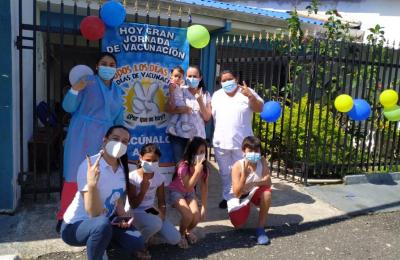Multimorbidity patterns among COVID-19 deaths: proposal for the construction of etiological models
Objectives.
To describe patterns of multimorbidity among fatal cases of COVID-19, and to propose a classification of patients based on age and multimorbidity patterns to begin the construction of etiological models.
Methods.
Data of Colombian confirmed deaths of COVID-19 until June 11, 2020, were included in this analysis (n =1 488 deaths). Relationships between COVID-19, combinations of health conditions and age were explored using locally weighted polynomial regressions.












